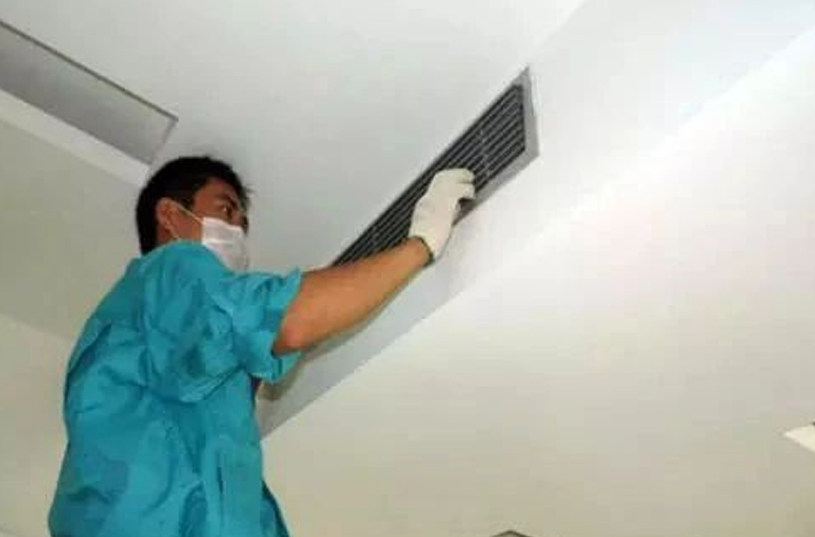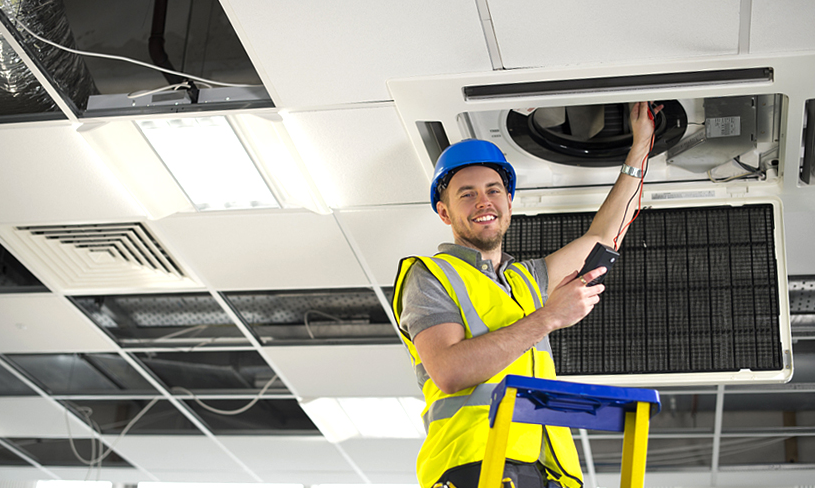According to the "China Central Air Conditioning Industry Market Demand Forecast and Investment Strategy Planning Analysis Report" released by the Prospect Industry Research Institute, data shows that in the second half of 2018, the national air conditioning market retail sales amounted to 114.7 billion yuan, a year-on-year increase of 15.5%. Online channel retail sales reached 35 billion yuan, a year-on-year increase of 42.1%; offline channel retail sales were 79.8 billion yuan, with a year-on-year increase of 6.8%. The total retail volume reached 33.22 million units, a year-on-year increase of 11.5%. Among them, online channel retail volume reached 11.73 million units, a year-on-year increase of 30.6%; offline channel retail volume reached 21.49 million units, a year-on-year increase of 3.2%.

While the central air conditioning industry continues to grow and its growth rate has outpaced the overall home appliance market, the increasing demand for energy in today's world, coupled with the phenomena of energy scarcity and environmental degradation, has finally made people realize the importance and urgency of energy conservation. Energy saving has become one of the widely discussed important topics across various industries. For the air conditioning industry, the call for energy-saving and green central air conditioning systems is getting higher and higher, and it has become an irreversible major trend in the industry.
Data shows that the energy consumption of public institutions is mainly composed of building energy consumption, accounting for 70% of the total energy consumption of public institutions. In the energy consumption of buildings, taking the most common electricity consumption structure in office buildings as an example, central air conditioning, lighting, office equipment, and elevators account for 98% of the total energy consumption. Among them, office equipment consumes 13% of electricity, lighting equipment accounts for 21% of the total electricity consumption, and elevators consume 4%. In comparison, the central air conditioning system consumes the most electricity in office building energy consumption, accounting for 59.95%, while lighting, office equipment, elevators, and other items account for 40.05%. It can be concluded that the use of air conditioning is the equipment with the highest electricity consumption in building energy consumption.

During the regular operation of central air conditioning systems, the water system may accumulate scale, algae, biological sludge, and rust, which are products of metal corrosion. These substances continuously accumulate in the condenser, heat exchanger, the interior of the fan coil units, and within the piping, leading to a reduction in the flow of the piping system and affecting the heat transfer efficiency. Moreover, because the dirt has a low thermal conductivity, when it covers the heat transfer surface of the heat exchanger, it significantly reduces the cooling heat transfer efficiency. This results in increased pressure in the condenser, a decrease in cooling performance, and a substantial rise in energy consumption. The dirt also accelerates corrosion, which shortens the lifespan of the central air conditioning unit.